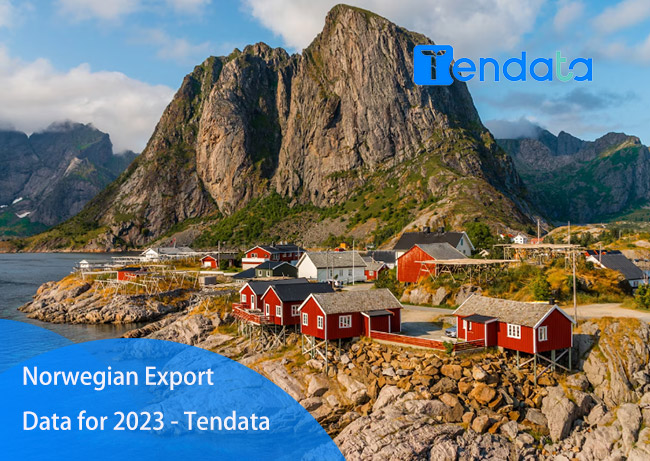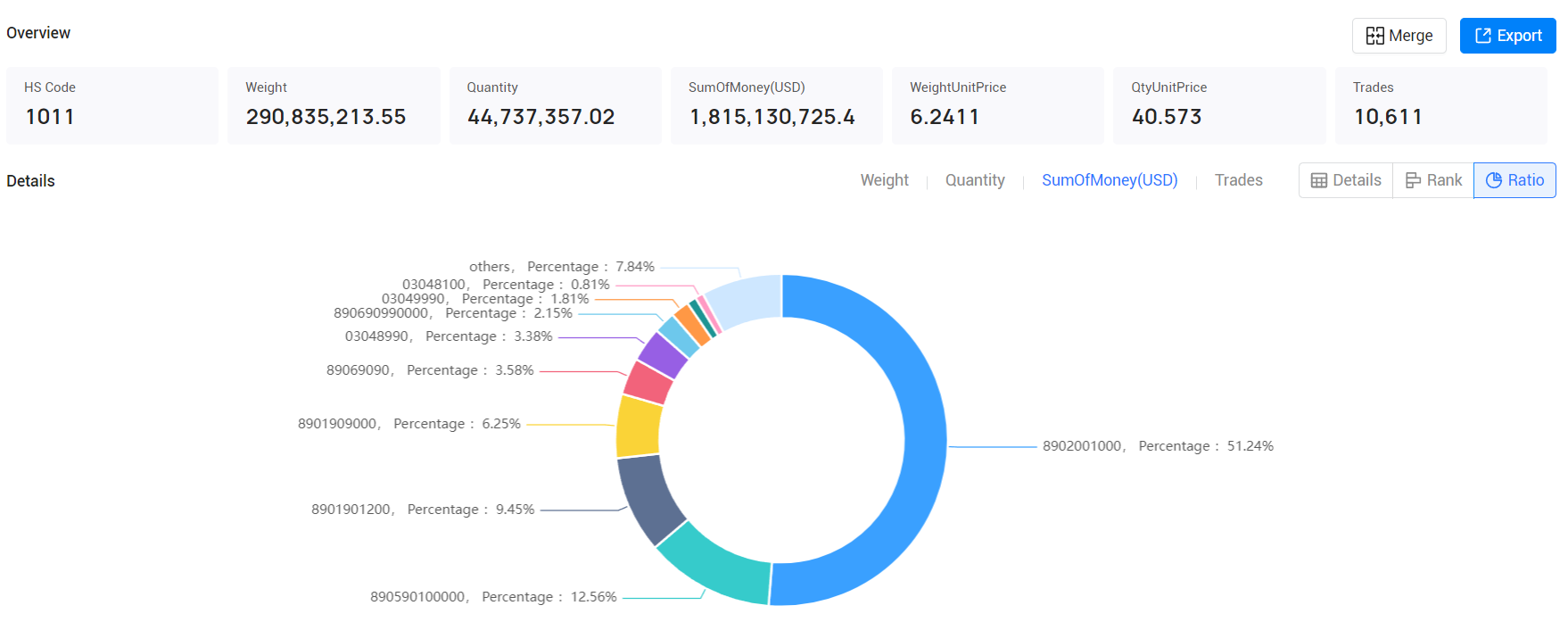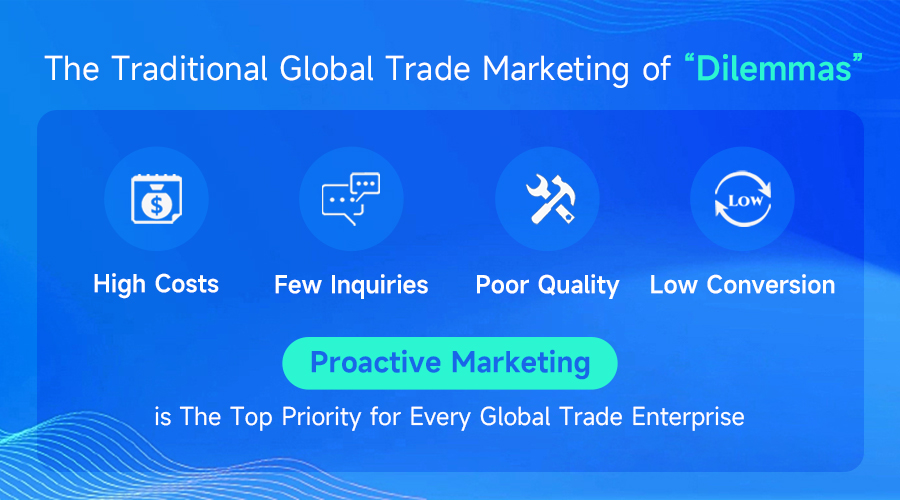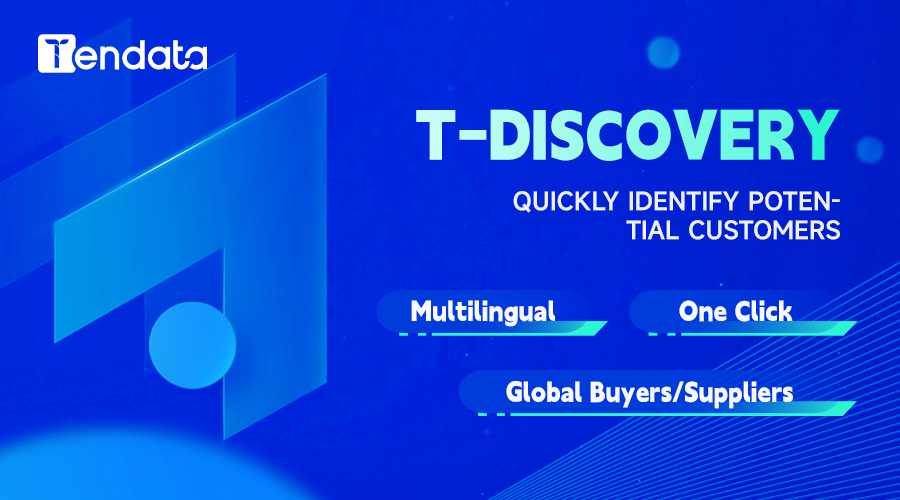 Export News
Export News
 16-05-2024
16-05-2024
According to Norwegian export data, in 2023, Norway exported products worth $177.6 billion globally. From 2022 to 2023, the total value of Norway's exported goods decreased by -34.6%, from $271.7 billion. The top six customers purchasing Norwegian export products were the United Kingdom, Germany, the Netherlands, Sweden, Poland, and France.

Norway's Top Trading Partners
Norwegian export data indicates that over three-quarters (83%) of Norway's total export products were purchased by the following countries:
1.United Kingdom: $33.9 billion (19.1%)
2.Germany: $33.8 billion (19%)
3.Netherlands: $14.8 billion (8.3%)
4.Sweden: $13.7 billion (7.7%)
5.Poland: $10.7 billion (6%)
6.France: $10.6 billion (5.9%)
7.Belgium: $9.8 billion (5.5%)
8.Denmark: $8.9 billion (5%)
9.Finland: $5.9 billion (3.3%)
10.United States: $5.7 billion (3.2%)
In 2023, Norwegian export data shows that 88% of Norway's exports were shipped to other European countries, while 6.1% were sold to Asian importers. Norway sent an additional 3.7% of its goods to North American buyers. Smaller proportions went to Africa (1.2%), Latin America (0.8%), and Oceania, led by Australia and New Zealand (0.2%).
According to the Norwegian export data provided by Tendata, the top 10 Norwegian export products in 2023 were:
1.HS Code:8902001000(51.24%, $0.93 Billion):Fishing vessels; factory ships and other vessels for processing or preserving fishery products (excluding fishing boats for sport): Trawlers and othr fshing vessels
2.HS Code:890590100000(12.56%, $0.23 Billion):Light-vessels, fire-floats, floating cranes and other vessels, the navigability of which is subsidiary to their main function (excluding dredgers, floating or submersible drilling or production platforms; fishing vessels and warships): Floating docks
3.HS Code:8901901200(9.45%, $0.17 Billion):Vessels for the transport of goods and vessels for the transport of both persons and goods (excl. refrigerated vessels, tankers, ferry-boats and vessels principally designed for the transport of persons) : Not motorised: Of gross tonnage exceeding 26 but
4.HS Code:8901909000(6.26%, $0.11 Billion):Vessels for the transport of goods and vessels for the transport of both persons and goods, whether or not mechanically propelled (excl. seagoing vessels, refrigerated vessels, tankers, ferry-boats and vessels principally designed for the transport of pe
5.HS Code:89069090(3.58%, $0.06 Billion):Vessels, incl. lifeboats (excl. warships, rowing boats and other vessels of heading 8901 to 8905 and vessels for breaking up) : Other
6.HS Code:3048990(3.38%, $0.06 Billion):Frozen fish fillets, n.e.s.: Frozen fillets of other fish
7.HS Code:890690990000(2.15%, $0.04 Billion):Ships, incl. rescue ships (excl. warships, rowboats and other ships of headings 8901 to 8905, as well as ships for scrapping): the rest.
8.HS Code:3049990(1.81%, $0.03 Billion):Meat, of sea fish, frozen, whether or not minced, nes
9.HS Code:8901901000(0.93%, $0.02 Billion)
10.HS Code:3048100(0.81%, $0.01 Billion):Frozen fillets of Pacific salmon "Oncorhynchus nerka, Oncorhynchus gorbuscha, Oncorhynchus keta, Oncorhynchus tschawytscha, Oncorhynchus kisutch, Oncorhynchus masou and Oncorhynchus rhodurus", Atlantic salmon "Salmo salar" and Danube salmon "Hucho hucho"

What can Tendata customs data help enterprises with?
1. Market Analysis
- Market Trends Analysis: Tendata's customs data helps businesses analyze market trends, understand the import and export volumes and growth trends of specific products or industries, and monitor changes in various country markets. Based on Tendata's market analysis, businesses can more accurately select target markets, including considering markets with large import and export trade volumes, rapidly growing demand, and understanding information about potential trading and cooperation partners.
- Product Analysis: By gaining insight into the performance of different products in international markets, businesses can optimize product positioning. Tendata's customs data also provides information on competitors' import and export activities, helping to develop more competitive strategies.
- Competitor Analysis: Using Tendata, businesses can analyze competitors, staying updated on their trade dynamics, import and export prices, trade volumes, etc., enabling rapid adjustments to market strategies.
>> Learn More About Tendata <<

2. Customer Development
- Customer Profiles: Tendata's customs data provides access to customers' import and export records, helping businesses understand their purchasing behavior, including the types of products purchased, quantities, frequencies, etc. This assists in forming customer profiles, allowing businesses to better understand customer needs and preferences. By analyzing customers' trading partners, businesses can understand the supply chain networks in which customers operate, thus gaining insights into their business environment and potential cooperation opportunities.
- Customer Background Checks: Tendata's customs data includes customers' trade history and payment records, facilitating credit assessments. By understanding customers' payment credibility, businesses can prudently select partners, reducing transaction risks. Through customs data, businesses can check whether customers' trading activities comply with relevant regulations and compliance standards, ensuring that cooperation with customers is based on legal and regulatory compliance.
- Lead Generation: By analyzing Tendata's customs data, businesses can directly obtain customer contact information and proactively reach out to foreign trade customers via email, LinkedIn, phone, other social media platforms, etc., for direct marketing and lead generation!
>> Get a Free Demo Now <<

Category
Leave Message for Demo Request or Questions


 T-info
T-info T-discovery
T-discovery

 My
Tendata
My
Tendata Market Analysis
Market Analysis Customer
Development
Customer
Development Competitor
Monitoring
Competitor
Monitoring Customer Relationship
Customer Relationship





































































































































